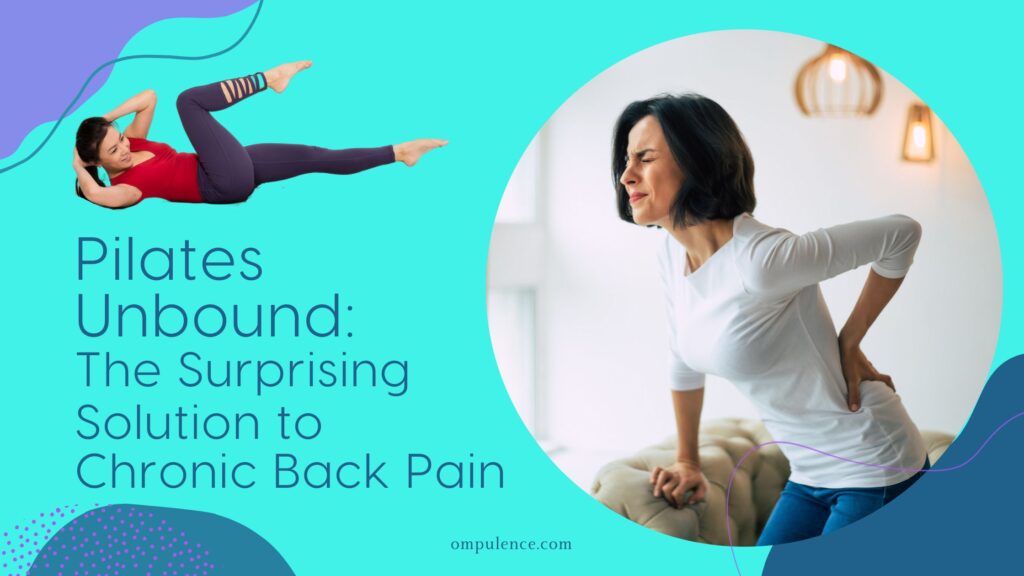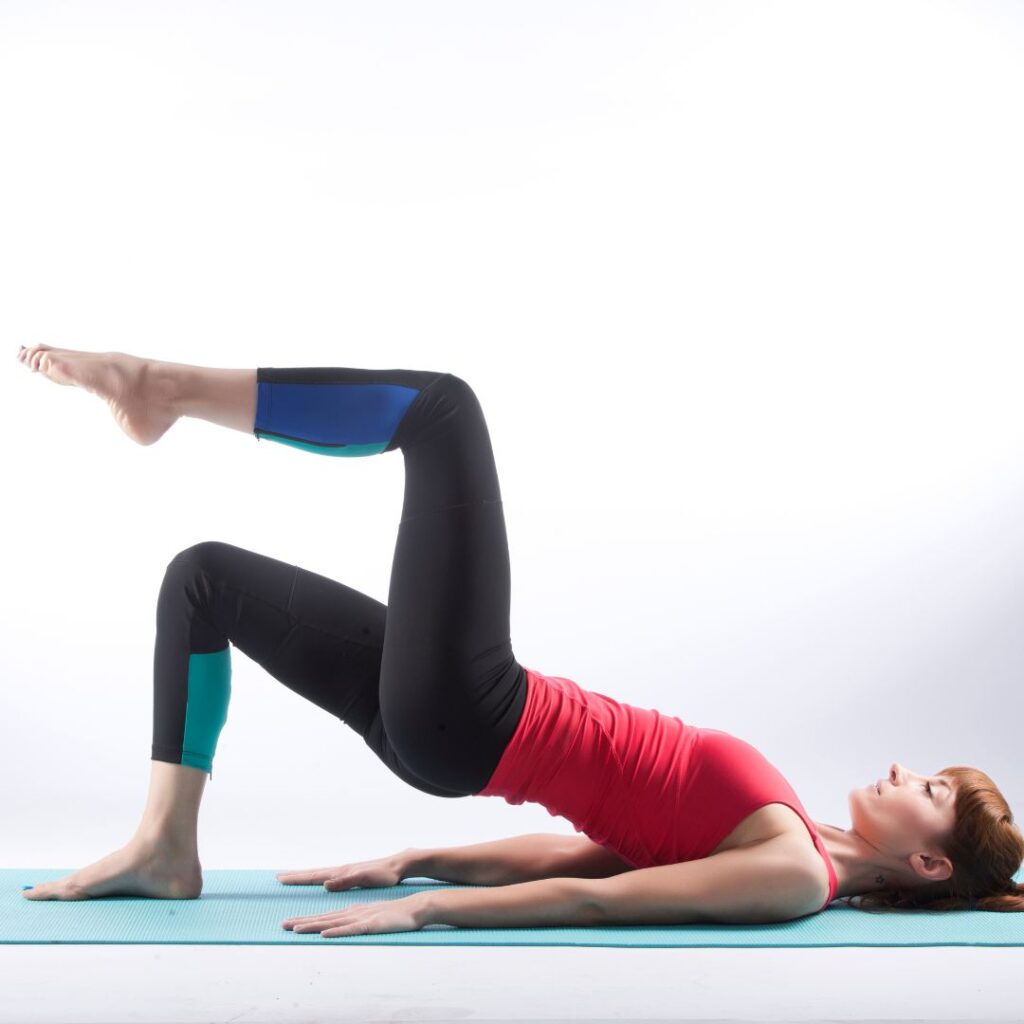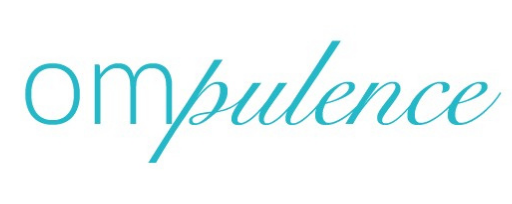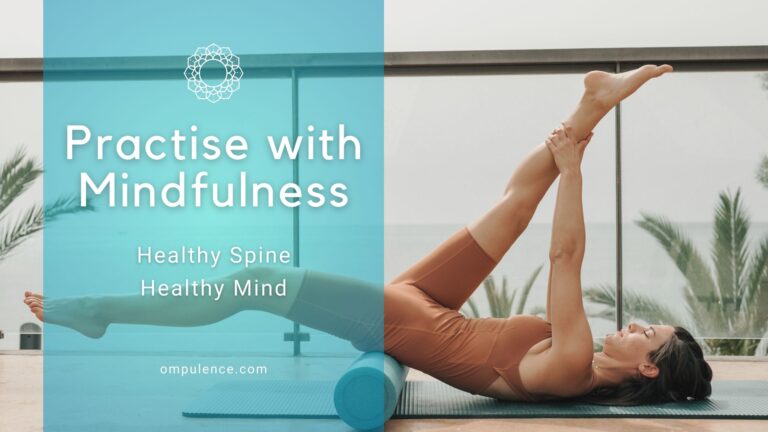pilates Unbound: The surprising solution to chronic back pain

Back pain is one of the most pervasive and commonly occurring ailments in the world. An estimated 80% of the population will experience back pain in their lives. Most of these back ailments are of a mechanical nature so working on how the body moves can have a huge positive impact on diminishing the pain. Regular and effective pilates mat exercises can help you to relieve back pain and improve your posture, so that you can move and breathe freely.
How did back pain become such a prominent disability? Why does it affect so many people? The first area to look at in back pain is posture and the spine. Lordosis is defined as an excessive inward curve of the spine This curvature usually affects the lumbar (lower) spine.
Kyphosis is an exaggerated, forward rounding of the back. Swayback posture is characterized by hips that are pushed forward, exaggerated curves in the spine, and the appearance of leaning back when you’re standing. Causes of these problems can range from vertebrae and disc issues to tight/weak muscles to birth defects.

A situation that has contributed to an increase in back pain in the past 2 years is the amount of people who have been working at home due to the pandemic. People who were used to moving around an office or other space and were getting a lot more movement throughout their day are now sitting for longer periods of time in their home office. They also do not get much movement throughout the day because they only have to move from one room to another or from one chair to another. They aren’t even walking to their car and their workplace each day.
A sedentary lifestyle can have many negative effects on health including losing muscle strength, burning less calories, weakening of bones, poor blood circulation, just to name a few. That loss of muscle strength and poor circulation can be a direct contributor to back pain. How can these homebound workers decrease their back pain and correct their posture? Pilates can be the answer.
Parents of young children are also at risk as they tend to have too much load on one side of their body. If they continually walk around with their small children on one side of their body, they can cause muscle imbalance. It causes strain on the back and ligaments on that side of the body. Many more parents have been home in the last few years due to the Pandemic so they are carrying their children around a lot more. How can these stay at home parents decrease their back pain and correct their posture? Pilates can be the answer.
Another population that tends to suffer from lumbar (lower) back pain and/or injury is athletes because of their constant physical activity. During the physical activity of their sport, the spine is stressed, absorbs pressure, twists, turns and may even sustain some bodily contact. The demanding activity puts a burden on the back that can result in injury. 5-10% of athletic injuries are related to the lower spine. Many lower back injuries or pain in athletes can be associated with a very specific trauma while others are from the repetitive nature of the moment of the sport which they play. How can these athletes decrease their back pain and correct their posture if needed? Pilates can be the answer.

Gaming, which has become more and more popular in the past few years, can also contribute to back pain. Gamers sit for long periods of time, often with incorrect posture. Correcting posture can be helpful to alleviate the pain. How can these gamers decrease their back pain and their posture? Pilates can be the answer.
Still another explanation for back pain can be attributed to the late Dr. John Sarno, who was America’s most well-known back pain doctor before his passing in 2017. He argued that back pain was all in the head of the sufferers. He often said that he healed 80% of the patients that he worked with. He felt that all chronic pain has an emotional basis. Sarno believed that the brain used pain to distract itself dealing with negative emotions.
Dr Sarno suggested that his patients journal and seek out psychotherapy to deal with the emotional roots of their back pain. He also encouraged them to resume physical activity and talk with their brain about their feelings. Pilates would be a perfect addition to this type of treatment because of its mindfulness and physical moment aspects.
Pilates exercises are commonly recommended to people with Chronic Lower Back Pain (CLBP). Pilates is a form of exercise and body conditioning developed by Joseph Pilates in the early 20th century. Joseph was born in Germany in 1883. While Pilates lived in England starting in 1912, he worked as a circus performer, boxer and self defense instructor. He was interned with other Germans during the WWI and developed a physical fitness technique during that time. He taught this technique to the other internees. He also worked as an orderly at the end of the war, where he helped patients who were unable to walk. He and his wife emigrated to the US in the late 1920s, and brought their exercise technique to the states.
Joseph Pilates based his work on these three principles: breath, whole-body health, and whole-body commitment. The whole-body which he spoke of includes mind, body and spirit. Some of the ideas that guide the Pilates method include concentration on each movement, use of the abdomen and low back muscles, flowing movement patterns that are precise and a steady and controlled breathing. These principles are what make it perfect for helping with back pain. Strengthening the lower back muscles helps with posture and the mechanics of body movement. Utilizing controlled diaphragmatic breathing and mindfulness is also helpful to alleviate back pain. Dr Sarno would approve.
Pilates exercises help prevent and decrease back pain, including low back pain. They strengthen core support for the back, teach good alignment, and provide gentle stretches for tight back muscles. Pilates focuses on the core which has a direct correlation to the muscles of the back. Weak core muscles result in a loss of the lumbar curve and a swayback posture. Stronger, balanced core muscles help maintain a proper posture and reduce the strain on the spine. A strong core equals a strong back.

Pilates is also helpful in supporting correct posture. It trains us to develop and use core strength instead of holding our body position with superficial musculature. The core isn’t just a beautiful set of six pack abs; it actually consists of different muscles that run the entire length of the torso. When those muscles contract, they stabilize the spine, pelvis and shoulder girdle and create a solid base of support for the movements of your extremities.
Postural imbalances that may lead to injuries can be corrected by training the muscles of the core. Core training has the benefit of developing functional fitness, which is the type of fitness that is fundamental to daily living and everyday activities. Pilates includes concentrated core movements that benefit functional fitness.
Pilates has several iterations. It can be done on a piece of equipment called a Reformer or on a mat. Both types of Pilates can be beneficial for the body. A Reformer is quite costly if bought for home use and needs a large amount of space. Memberships to Pilates studios will also set you back a lot of money. Mat Pilates will be a minimum investment and can be done anywhere. It also doesn’t take hours of practice; twenty to thirty minutes, three or four times a week is a great start. The suggested dedication of time is three or four times a week for three to six months.
Mat Pilates can be even more beneficial because you are using your own body weight to strengthen your core. All of the specific mat Pilates exercises can be modified to be made easier and, as you progress, more difficult. It has its own built-in advancement strategy.
Pilates consists of three types of muscle contractions: eccentric, concentric and isometric. Eccentric contraction is when the muscle lengthens as it resists a force. Concentric contraction is when the muscle shortens as it overcomes a weight or force. Isometric contraction is when the muscle is held in a static contraction. In mat Pilates, eccentric contractions are created by resistance to gravity. Fundamental to Pilates is the eccentric contraction.

True mat Pilates is composed of over 500 exercises that can be combined for a fully personalized experience. However, Joseph Pilates developed a traditional/classical order of exercises. The classical exercise order generates a demanding workout, principally for the abdominals. Warm up exercises often precede the classical program. Don’t let the demanding nature of the classical program deter you from this type of exercise. All exercises can be modified.
Exercises in the classical program include the Hundred, the Roll Up, the Roll Over, One Leg Circle, Rolling Like a Ball, Single Leg Stretch, Double Leg Stretch, Spine Stretch, and Open Leg Rocker/Open Leg Balance. Any of these exercises can be modified for beginners or people with injuries. Pilates is literally and figuratively a flexible stream of exercises.
These may not sound like exercises that you have heard of, but once you learn the movements, they will become part of your Pilates routine. As they become more and more familiar, you can modify or make them more challenging for your needs. As you become stronger and stronger, the exercises that seemed so difficult when you began will be second nature and you’ll want to modify them to your increased ability.
Another part of healing that can be associated with Pilates is Somatics or Somatic Education. Somatics describes any practice that uses the mind-body connection to help you take stock of the self and listen to signals your body sends to you about pain, discomfort and imbalance. Experts in Somatics believe this mind-body connection in addition to movement and touch can help people work towards healing and wellness. Pilates is inherently connected to mind-body/mindfulness because of having to be in the moment to think about the movements you are making.
I would love to help you with your CLBP, no matter what the root cause. I used to dance and teach full time and found that my whole entire back was tightening up and I was aching after every class. I am flexible in my hamstrings but my hips and back were very stiff. I felt imbalanced and was also feeling stressed out, running the dance studio business. I have been teaching pilates for more than 20 years and I did not experience back pains as I was aware of my core, throughout my dance career. However, I had no idea how to relax my mind at all and also manage the muscle aches due to my intense dance movements. I was focused on the dance and was not paying enough attention to my mental state and nervous system. I embarked on my yoga and mindfulness journey after I left the dance studio and this is where my transformation begins. My health changed greatly and I want to share what I did and how I had helped many people in the past ten years move towards greater health and a pain free life.
Learn how to dive deep with movements and breath work that will enhance your spine health so that you breathe better, stand taller, move freely and create more space in the cluttered mind. I have been teaching for more than twenty years and I am sure I will be able to share effective and safe practice tips that will help you. Join us and learn how to live pain free. No quick fix, but you can definitely feel the transformation very soon, if you practice with this community regularly. Join us and learn how to live pain free.
Explore the mindful pilates mini online course that can help you to practise safely and alleviate your chronic back pain. Kick start your mindful movement practice for a pain free life. Learn more, click on this link https://ompulence.systeme.io/mindful-pilates-online-course (a special offer for you).
My number one priority is helping clients live a pain-free, thriving life. I hope that everything I shared in this post will be helpful to you or someone you know. Sign up for one of my programs today and see how peaceful and effective your life can be.
References
www.ncbi.nlm.nih.gov
www.verywellfit.com
www.healthline.com
www.spineuniverse.com
medlineplus.gov
www.metroparent.com/
www.pilatesfoundation.com





